I have some x and y data, with which I would like to generate a 3D histogram, with a color gradient (bwr or whatever).
I have written a script which plot the interesting values, in between -2 and 2 for both x and y abscesses:
import numpy as np
import numpy.random
import matplotlib.pyplot as plt
# To generate some test data
x = np.random.randn(500)
y = np.random.randn(500)
XY = np.stack((x,y),axis=-1)
def selection(XY, limitXY=[[-2,+2],[-2,+2]]):
XY_select = []
for elt in XY:
if elt[0] > limitXY[0][0] and elt[0] < limitXY[0][1] and elt[1] > limitXY[1][0] and elt[1] < limitXY[1][1]:
XY_select.append(elt)
return np.array(XY_select)
XY_select = selection(XY, limitXY=[[-2,+2],[-2,+2]])
heatmap, xedges, yedges = np.histogram2d(XY_select[:,0], XY_select[:,1], bins = 7, range = [[-2,2],[-2,2]])
extent = [xedges[0], xedges[-1], yedges[0], yedges[-1]]
plt.figure("Histogram")
#plt.clf()
plt.imshow(heatmap.T, extent=extent, origin='lower')
plt.show()
And give this correct result:
Now, I would like to turn this into a 3D histogram. Unfortunatly I don't success to plot it correctly with bar3d because it takes by default the length of x and y for abscisse.
I am quite sure that there is a very easy way to plot this in 3D with imshow. Like an unknow option...



